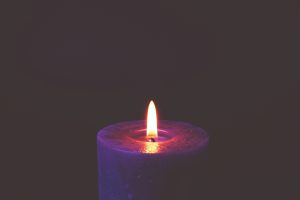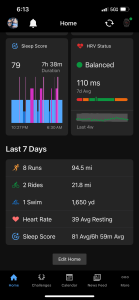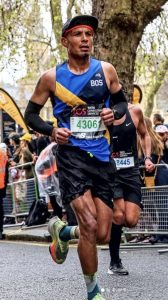
Dan Boyne is a world renowned rower, talented author and skilled teacher of yoga and meditation. Dan shared the following excerpt to help guide you in your efforts to meditate at home. He teaches “Move, Breathe, Meditate” each Wednesday evening at Om Namo Center, where you can practice these skills and more with Dan’s guidance.
Grounding
Whatever your seat or asana may be, you should first acknowledge your skeletal framework and the simple sensation of gravity connecting you to mother earth. Fantasies of flying, or leaving your body, should not be entertained when starting off. From here, you should try to relax everything that is unnecessary to sustain your seat, allowing those physical subtle shifts mentioned above to occur.
Using the breath as your guide, slowly settle into a “roost” that doesn’t impede it from moving freely. As much as possible, as you exhale, begin to release the tension in your body from the top down—head, shoulders, chest, belly, hips, etc. In this way, you can begin to bring your awareness into the breath and the body, gentling combing through the various knots that have become lodged in your physical, mental, or emotional being. This practice is sometimes referred to as samatha in the yogic tradition
It may be beneficial to add a simple phrase as you exhale, like “I release you,” as you move through various body parts, as if you were in dialogue with them. Or simply add a sigh or a light sound like “Ah.” Many tensions that get trapped in the body can be the result of past interactions (eg a stressful moment during the day), or old injuries, and they become like weights, sapping one’s physical and mental energy. Discarding or dissolving these impediments will, in time, produce a lightness to the body and an awareness of subtle energy.
For yogis the term “OM” is often invoked, and it can produce a very useful effect as well, a sort of sonic focal point; but it also carries with it theistic connotation that may cause some minds to wander off into fields of distraction and mental inquiry. Again, each person is different, but generally speaking, incorporating less technique and philosophy is better to begin with if possible, because then there is less to process. It is a paradox, but the more you know, the more time you will have to take to “unknow.” Meditation is not contemplation, although the two may be considered cousins.
Some people can easily “drop in” to a calm, meditative state, as if it was already a familiar place within them. Most others struggle. Like musical prodigies, a few of us have the innate, genetic proclivity for calmness, as if it was like finding a pitch or a tone within the psyche. For the majority, however, learning specific techniques is a necessary, albeit longer route. Alternatively, having a teacher directly “transmit” calmness to you—by voice, look, or touch, can be a real blessing.
Visit www.breathe-move-meditate.com for the full guided meditation.



